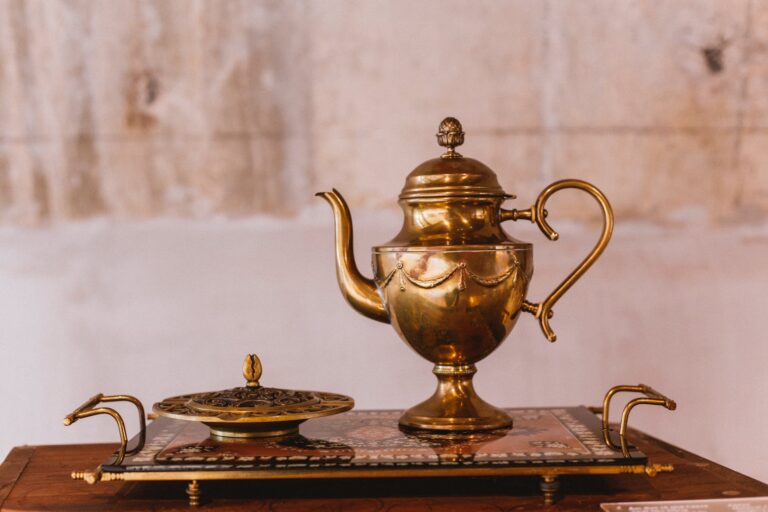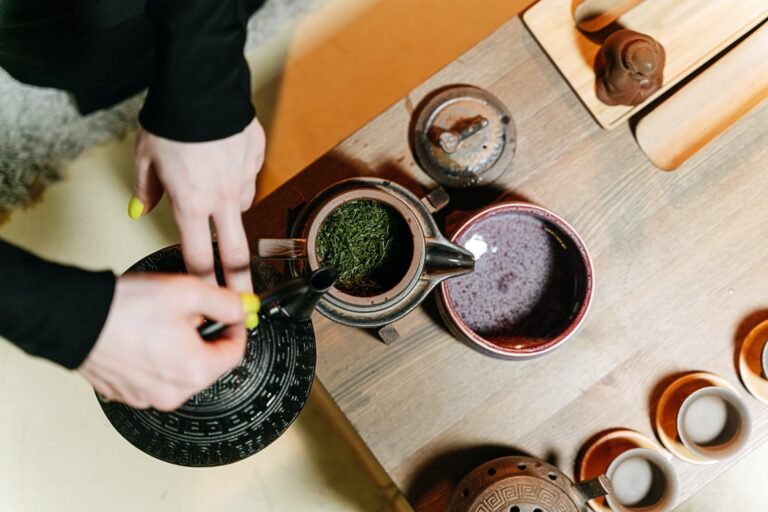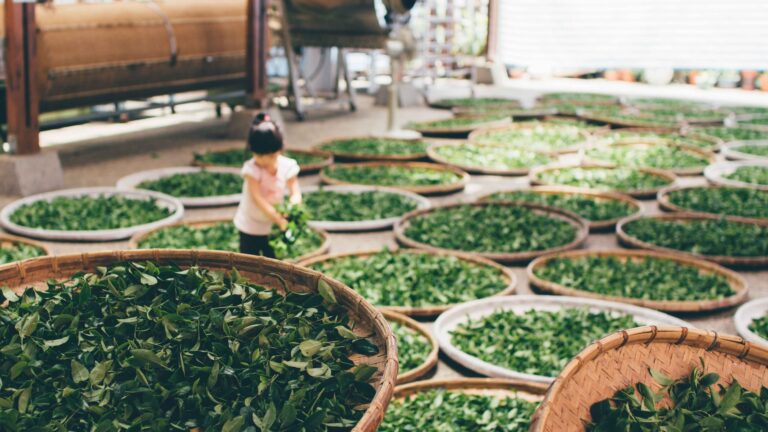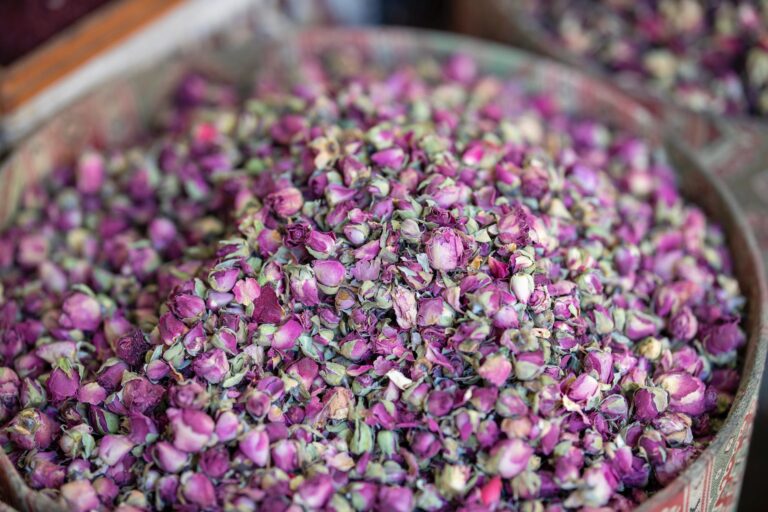Steeped in Tradition: Preserving Ancient Tea Making Practices
Steeped in Tradition: Preserving Ancient Tea Making Practices
Introduction
In today’s fast-paced world, the ancient art of tea making stands as a bastion of tradition, bridging past and present with each leaf steeped. This article delves into the preservation of these time-honored practices and their crucial role in tea culture and industry.
The Roots of Tea Making Traditions
Tea making is an ancient art form with roots deeply embedded in various Asian cultures. These traditions, inherited across generations, are not just methods of producing tea but cultural rituals celebrating the harmony between nature, the tea maker, and the consumer.
Deep Cultural Significance
In countries like China, Japan, and India, tea is more than a beverage. It’s a medium for social interaction, a vital component of spiritual ceremonies, and a symbol of hospitality. Traditional tea making methods are intricately woven into the cultural identities of these regions, each boasting its unique practices and rituals. For instance, the Chinese Gongfu tea ceremony is not just about brewing tea but also about the elegance and skill involved in the process, reflecting a deep respect for the art of tea making.
The Spiritual Connection
In many cultures, tea making is deeply spiritual. In Japan, the tea ceremony or ‘Chanoyu’ is intertwined with Zen Buddhism, emphasizing mindfulness and the beauty in simplicity. This ritualistic approach to tea making is a form of meditation, a practice that encourages being present and connects individuals to a more profound spiritual realm.
Preserving Techniques Across Generations
The preservation of ancient tea making practices is a testament to the resilience and dedication of tea communities. These age-old techniques, each distinct to its region and tea type, have stood the test of time, resisting modernization.
Hand-Processing: A Testament to Artisanship
Traditional tea making involves several meticulous hand-processing techniques. From the careful plucking of tea leaves to the intricate processes of withering, rolling, oxidizing, and drying, each step is a craft in itself, demanding expertise and patience. For example, in the rolling process, the leaves are carefully shaped by hand – a method crucial in developing the tea’s flavor and aroma profile. This labor-intensive process allows for preserving the tea’s natural qualities, something that machine processing often fails to achieve.
The Artisanal Knowledge
The knowledge and skills in traditional tea making are often passed down within families or taught by master tea makers. This lineage of knowledge ensures the essence of these ancient practices is not lost. In regions like Darjeeling, India, families have been cultivating and processing tea for generations, preserving both the legacy and the uniqueness of their teas.
The Impact of Traditional Practices on Tea Quality
These traditional tea making practices have a significant impact on the quality and flavor profile of tea. The meticulous nature of these methods, refined over centuries, allows for a more nuanced control over tea processing, leading to teas of unparalleled depth and complexity.
The Role of Terroir
Terroir plays a crucial role in traditional tea making. The unique interaction of the soil, climate, and biodiversity with the tea plants and the traditional cultivation methods contributes significantly to the distinctive characteristics of each tea. In regions like Yunnan, China, the biodiversity and unique climate contribute to the distinct flavor of Pu-erh tea, a tea renowned for its earthy and rich flavors.
Oxidation and Fermentation: The Flavor Alchemists
The traditional methods of oxidation and fermentation are pivotal in developing the flavors and aromas of certain teas, such as oolong and pu-erh. These processes, requiring precision and a deep understanding of tea leaves, result in a rich tapestry of flavors that modern methods can seldom replicate.
Challenges in Preserving Ancient Tea Making Practices
Despite their invaluable cultural and qualitative significance, traditional tea making practices face numerous challenges in the contemporary world.
The Struggle Against Mass Production
One of the significant challenges is the competition with mass-produced teas. These commercial methods, which often prioritize quantity and speed, pose a threat to the survival of traditional tea making practices that value quality and complexity over yield.
The Balancing Act: Tradition and Sustainability
Another challenge is balancing these age-old methods with sustainable practices. While many traditional techniques are inherently sustainable, adapting them to meet modern environmental standards without losing their essence can be a delicate balance.
Modern Adaptations and Innovations
Embracing Technology Mindfully
Incorporating technology into traditional tea making can enhance efficiency without sacrificing authenticity. Innovations like controlled fermentation environments or precision temperature monitoring offer new ways to maintain consistency, even in boutique operations. This thoughtful integration of modern techniques with ancient wisdom is key to sustaining these traditions in a rapidly evolving world.
Global Awareness and Appreciation
The rise in global appreciation for traditionally made teas is pivotal. This growing interest supports the survival and prosperity of ancient practices and the communities that uphold them. As more consumers seek out teas crafted using traditional methods, there is a renewed focus on quality, authenticity, and the story behind each cup.
The Artisanal Tea Movement: Preserving Heritage and Sustainability
A Testament to Craftsmanship and Sustainability
The artisanal tea movement, characterized by a commitment to traditional practices and sustainability, underscores the importance of ecological balance and cultural heritage. This movement not only advocates for the preservation of age-old techniques but also emphasizes the need for eco-friendly practices in tea production.
The Role of Artisans in the Modern Tea Industry
Artisans in the tea industry are custodians of their heritage. By continuing to use ancient methods, they offer a connection to the past and a counterpoint to the homogenized flavors of mass-produced teas. Their role is crucial in maintaining diversity in the tea industry and offering consumers a more enriched experience.
The Impact of Traditional Tea Making on Local Communities
Sustaining Cultures and Economies
Traditional tea making is often at the heart of local communities. These practices sustain not just the art of tea making but also local economies and cultural identities. In many regions, tea ceremonies and rituals are integral to community gatherings, reinforcing social bonds and cultural heritage.
Education and Transmission of Knowledge
Programs aimed at educating younger generations about traditional tea making are vital. These initiatives ensure the continuation of these practices and help inculcate a sense of pride and identity in communities. This transmission of knowledge is essential for the longevity of these traditions.
The Global Tea Landscape: The Role of Tradition
Traditional Teas in the Global Market
Traditionally made teas occupy a unique niche in the global tea market. They appeal to a segment of consumers who value authenticity and craftsmanship. As the global market becomes more conscious of the origins and making of teas, traditionally made teas stand out for their story and quality.
Promoting Cultural Exchange and Understanding
Traditional tea practices offer a window into different cultures, promoting cross-cultural understanding. They provide an opportunity for people around the world to connect over a shared appreciation for the artistry and heritage embodied in each cup.
Challenges and Opportunities for Traditional Tea Making
Balancing Tradition with Modern Demands
One of the significant challenges is balancing the preservation of tradition with the demands of the modern market. This includes adapting to changing consumer preferences while staying true to the essence of traditional practices.
Opportunity for Innovation within Tradition
There’s an opportunity for innovation within the bounds of tradition. This could involve exploring new blends, experimenting with fermentation techniques, or finding new ways to share these ancient practices with a broader audience.
Conclusion: The Enduring Legacy of Traditional Tea Making
A Journey Through Time
The practice of traditional tea making is a journey through time, offering a glimpse into the past with each brewed cup. It’s a legacy that enriches not just the tea-drinking experience but our connection to history, culture, and nature.
Celebrating the True, Good, and Beautiful
In preserving these ancient practices, we celebrate what is true, good, and beautiful in the world of tea. Traditional tea making, with its emphasis on authenticity, craftsmanship, and connection to nature, stands as a beacon of these timeless values.
The Future of Tradition
The future of traditional tea making is one of balance – embracing innovation while respecting heritage. As we continue to enjoy and support these ancient practices, we ensure their place in the modern world, enriching future generations with the art and soul of traditional tea making.






